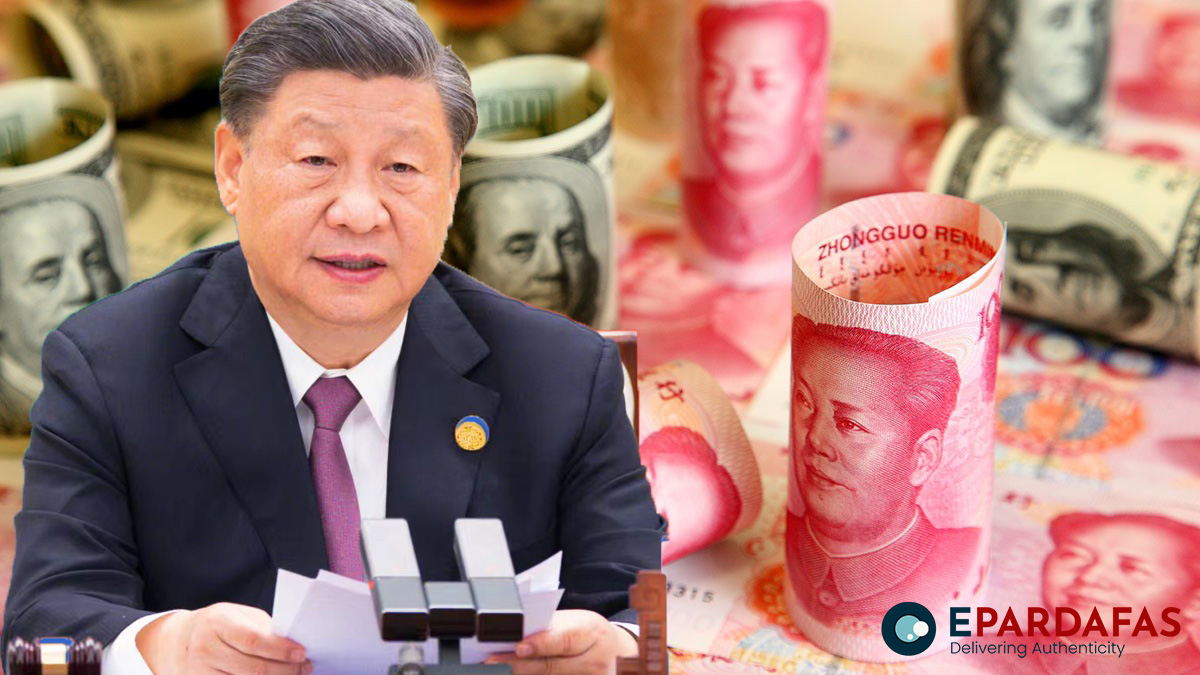In a surprising move, major state-owned banks in China have reportedly been involved in exchanging yuan for U.S. dollars in the onshore swap market and subsequently selling those dollars in spot currency markets this week. Two anonymous sources disclosed this information on Tuesday, noting that this activity comes as the yuan has appreciated by 2% over the past week, reaching approximately 7.13 to the dollar – its highest level in nearly four months.
According to report published by Reuters, while state banks are often suspected of intervening in the currency market on behalf of authorities, the timing of this action is deemed unusual. Typically, state banks would sell dollars when the yuan is facing pressure to depreciate. However, their recent actions coincide with a period of broad dollar weakness, with the dollar index declining more than 3% in November.
Analysts suggest that state banks might be aiming to expedite the yuan’s gains, encouraging exporters to convert more foreign exchange receipts into yuan. Despite the recent appreciation, the Chinese currency is still down more than 3% against the dollar for the year.
The selling of dollars by state banks resulted in the onshore spot yuan briefly touching 7.1296 per dollar, surpassing its daily official guidance for the first time in four months. The People’s Bank of China (PBOC) has also been consistently lowering the dollar-yuan daily fixing rate this week, setting it at a 3-1/2-month low of 7.1406 per dollar on Tuesday.
Kiyong Seong, lead Asia macro strategist at Societe Generale, expressed surprise at the continuous lowering of the fixing rate and speculated, “To me, it looks like they are doing preparatory work ahead of a policy rate cut.” Seong believes that in a favorable external environment, China aims to strengthen the Chinese Yuan (CNY) as much as possible.
Amidst an uneven economic recovery, some analysts argue that the PBOC may resort to further policy stimulus. However, this could potentially add downside pressure on the Chinese currency, given the substantial interest rate differential between China and other economies, particularly the United States.
Recent economic data indicates an uneven recovery in China, with industrial output and retail sales showing positive surprises in October. Nevertheless, manufacturing activity and consumer prices continue to decline. While the need for more policy stimulus remains, analysts anticipate that further monetary easing could impact the Chinese currency negatively.
Zhi Xiaojia, Chief China Economist at Credit Agricole, acknowledged the likelihood of volatilities unless there are significant downward moves in the dollar or additional positive sentiment events. Despite the potential for short-term fluctuations, Xiaojia expressed a “relatively constructive” outlook on the yuan into the end of the year and in 2024.



Comments